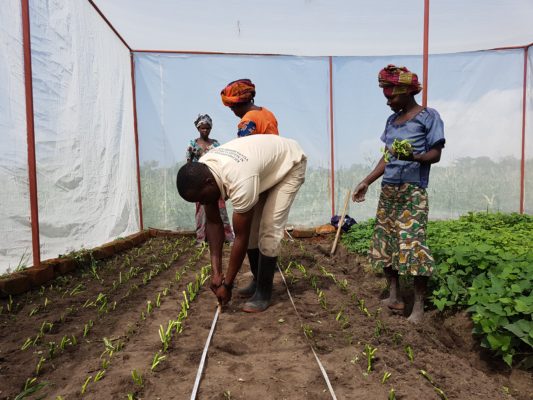Overview
Integrated seed health approaches and models provide a framework for combining three key seed health management components: clean seed, disease resistant varieties, and on-farm management. Over-reliance on any one component tends to be less effective than strategic combinations of all three. Seed health models, in particular the R package seedHealth, support consideration of integrated seed health approaches by evaluating scenarios for combining these three components. These results support training and decision making by researchers, policy makers, and practitioners.
In an online interface for training, the seedHealth package illustrates the likely outcomes from changing the three components. Direct users would be familiar with R applications, while indirect users would collaborate with the direct users. The online interface is user friendly, even for those who are not familiar with R. The seedHealth package can also be used to evaluate the likely disease and yield outcomes for specific systems and user groups (e.g., gender or age groups), when sufficient data are available about seed degeneration rates and responses. The seedHealth package can be used for decision-support modelling by users who can develop or access estimates of seed degeneration rates for their systems.
Examples of questions that the tool can address
- What combination of clean seed, disease resistance, and on-farm management will be best for a particular location?
- How frequently should disease-free seed be purchased?
- If male and female farmers have different seed management practices, how does that affect degeneration and associated yields?
For more information the tool
Contact Karen Garrett (University of Florida): KarenGarrett@ufl.edu


